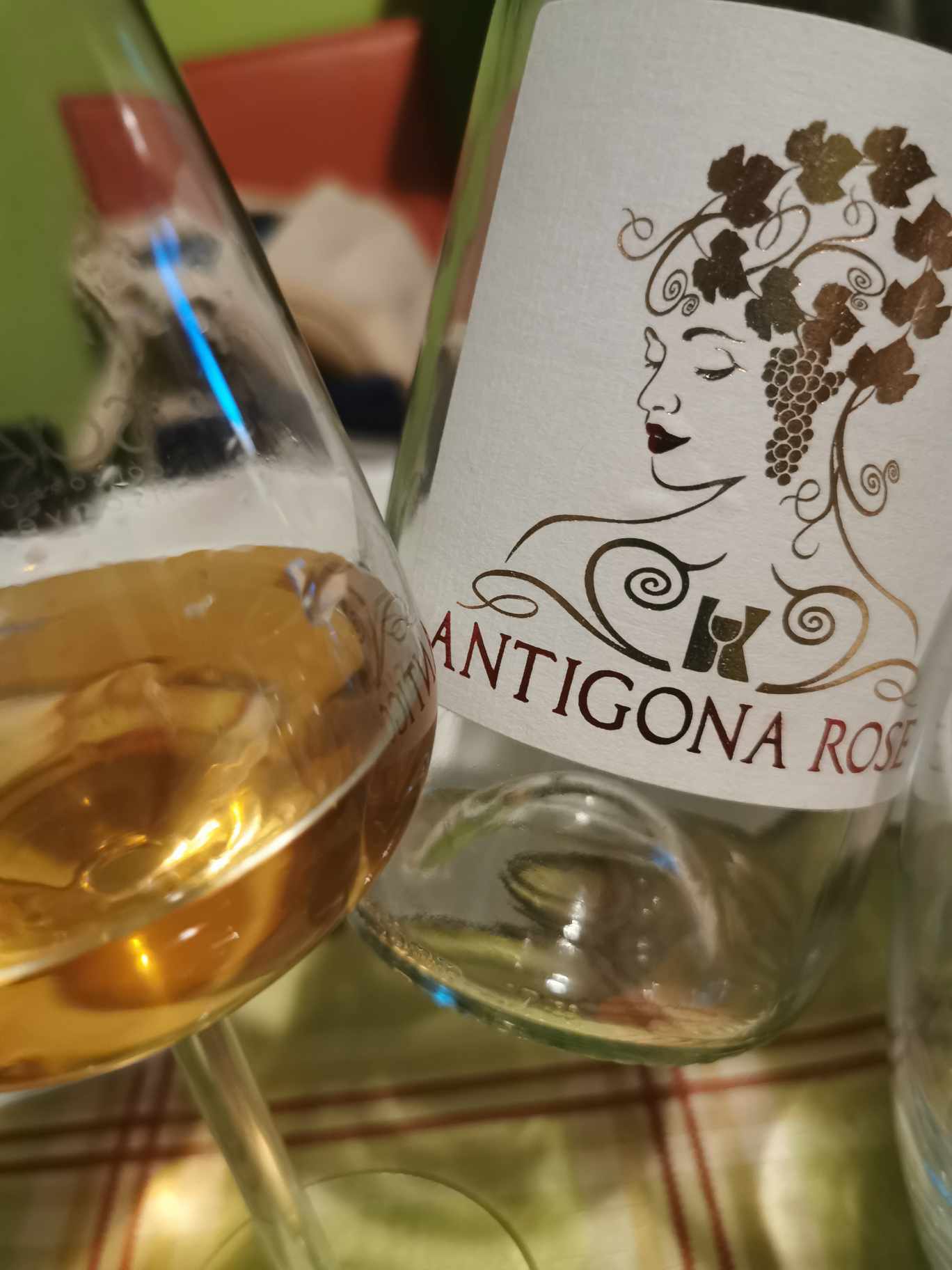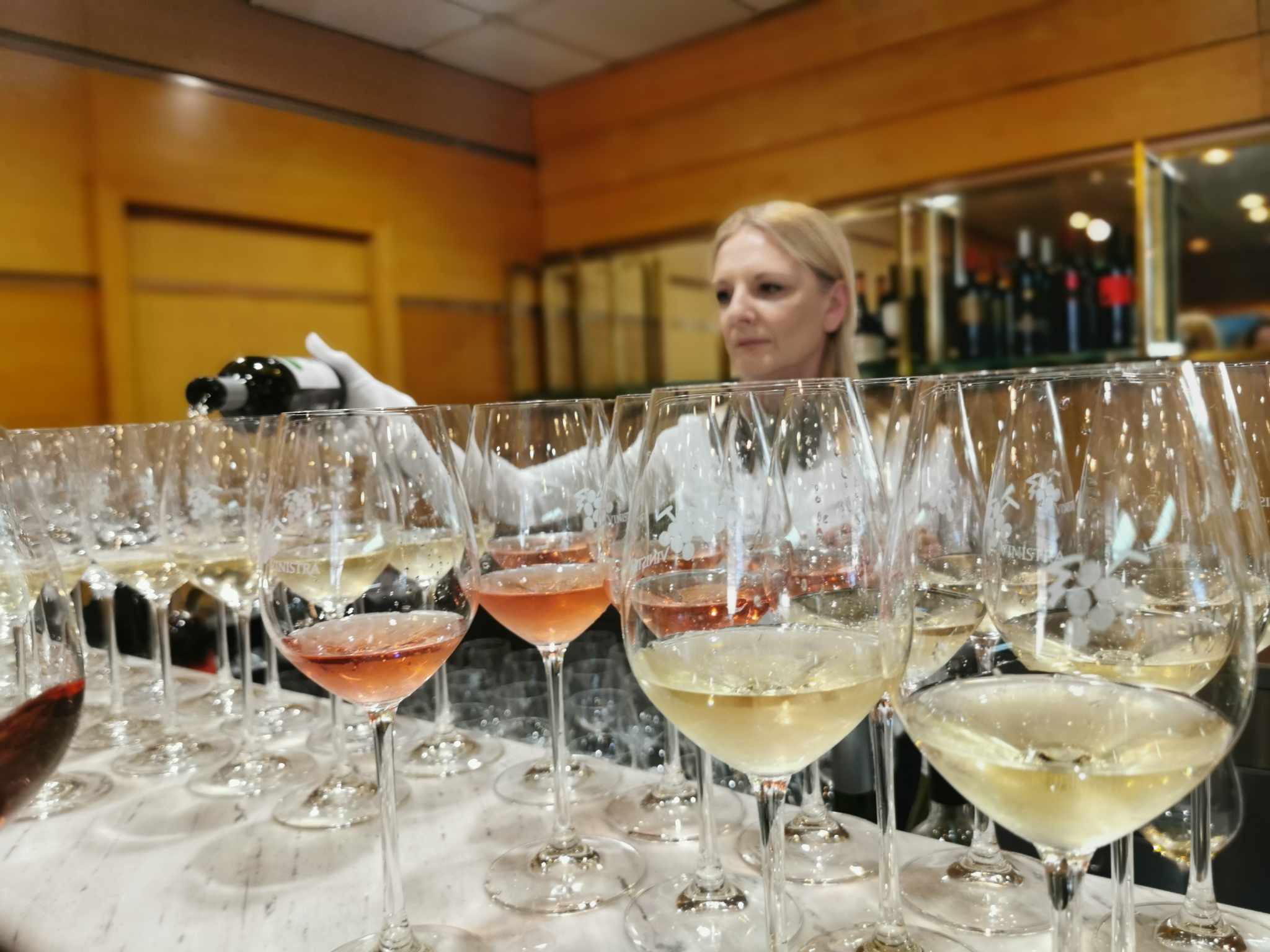News
News / 04/25/2017 / 1333
The global wine industry continues its reshuffling. Changes are taking place at a high speed, year after year the global wine game is becoming more and more competitive. There is no doubt that only the fittest will be able to follow it up... OIV has recently presented official statistics for the year 2015. Winemakers across the globe will surely be delighted because global wine consumption continues to grow alongside total wine production and total vineyard area.
The biggest excitement was generated by the news that China had come second in the world by total vineyard surface area. The importance of this piece of news is even more obvious if we observe the fact that there are currently more vineyards in China than in France or Italy. If we take a look at traditional wine countries, only Spain still perseveres, but considering recent investments in vineyards in China, the question is how long this distribution of power in the global wine industry will hold. The data presented should be taken with a grain of salt because most of these vineyards are still table grape varieties. However, vineyards intended for wine production continue to grow. Wine consumption in China continues to grow, but Chinese wines have already approached the quality of European wines and the Chinese are looking for export opportunities. In the next 5 years, we can expect growing presence of Chinese wines beyond the borders of China. Starting from 2012, the Chinese local wine market has been undergoing a transition as well: after a period of particularly popular wines from the super-premium category (luxury) that were sold in HoReCa sector, legal constraints in this segment followed, so wineries put more focus on wines from the medium price range. With continual education of wine consumers, wine is increasingly found on the dinner tables in Chinese homes, not being limited to European style restaurants only. Another important change is that Chinese wineries have realized the importance of association and we already see initiatives of Chinese wineries to form industrial clusters in order to promote and sell Chinese wines.

Another country that makes giant steps in the wine world is Morocco with its vineyards at the foot of Mt. Atlas. Few people remember or know that until World War II, Morocco was one of the largest wine exporters in the world. In the second half of the 20th century, numerous vineyards were abandoned or destroyed. But transformation of modern Moroccan wine industry began in 1990 when King Hassan II urged French and Spanish investors to restore the former glory of Moroccan wines. Bernard Magrez from Bordeaux, Albert Costa from Priorat and other stars of the European wine scene invested heavily in Moroccan wineries. As for the selection of grape varieties, 75% of Moroccan wines are red, predominantly the following varieties: Syrah, Grenache, Carignan, Cabernet Sauvignon and Merlot. The leading white varieties are Chenin Blanc, Sauvignon Blanc, Semillon and Chardonnay. It should be noted that Morocco produces annually about 40 million bottles of wine, much more than highly-reputed Lebanon that has an annual production of about 6 million bottles. Despite Islamic laws prohibiting alcohol consumption, the Moroccan society nevertheless tolerates consumption of wine so 85% of the Moroccan wine is consumed in Morocco, and small quantities are exported primarily to France. However, this remains the main limiting factor for Moroccan wine industry due to high taxes on wines, s0 Moroccan wineries are increasingly looking across the border in an effort to increase exports.

Based on the rewards of success reaped by English and Welsh wineries year after year (vinegrowing has already become the fastest growing segment of the UK agriculture), a million of new vines will be systematically planted in England this year with an idea to increase wine production in a few years by 2 million bottles. The growth of local wine scene in England is also witnessed by the fact that this year a national competition for the best English wine will be held, strongly supported by Oz Clarke. The results of this competition will be announced on May 31st during the Week of English Wine. The English are advancing with great confidence and in a very short period they have built good reputation for English wines, particularly if we are talking about sparkling wines.
Wineries from Serbia should be ready for even greater competition if they plan to turn their eye to other markets. In the coming years, we can expect that it will be harder and harder to find new export markets because even those countries whose wine industry has so far been predominantly oriented to domestic market are starting to look for export. It is necessary to prepare on time and now define niches and segments where we want to see wines from Serbia in 5-10 years!

Tomislav Ivanović
Awarded wine writer, wine critic and contributor to selected wine magazines. WSET3-certified author and editor-in-chief of www.vinopedia.rs. Member of Vojvodina Sommelier Association. Juror in national and international wine competitions. Lecturing about wines of Serbia and the Balkans. Local partner of Wine Mosaic organization. Co-founder of International Prokupac Day.

Pročitajte i druge članke iz ove rubrike:


VINOPEDIA TOP 10 2024
PROČITAJ VIŠE


GIUAANI - VINSKI TURIZAM NA GRUZIJSKI NAČIN
PROČITAJ VIŠE


SPASIMO STARE VINOGRADE SRBIJE
PROČITAJ VIŠE


NAŠLI SMO ANTIGONU IZ ORAHOVCA
PROČITAJ VIŠE


SRPSKO VINO KOŠTA 100 EUR - I ŠTA ĆEMO SAD?
PROČITAJ VIŠE
Winner MILLESIMA BLOG AWARD 2016

Pobednik MILLESIMA BLOG AWARD 2016
VINO & FINO wine personality of the year 2016

VINO & FINO vinska ličnost godine 2016